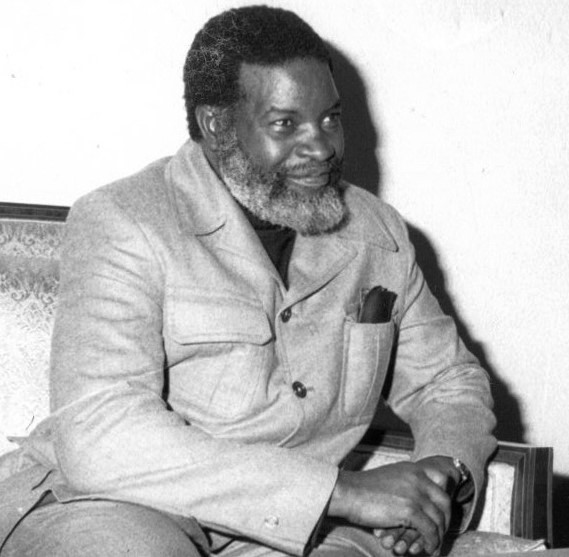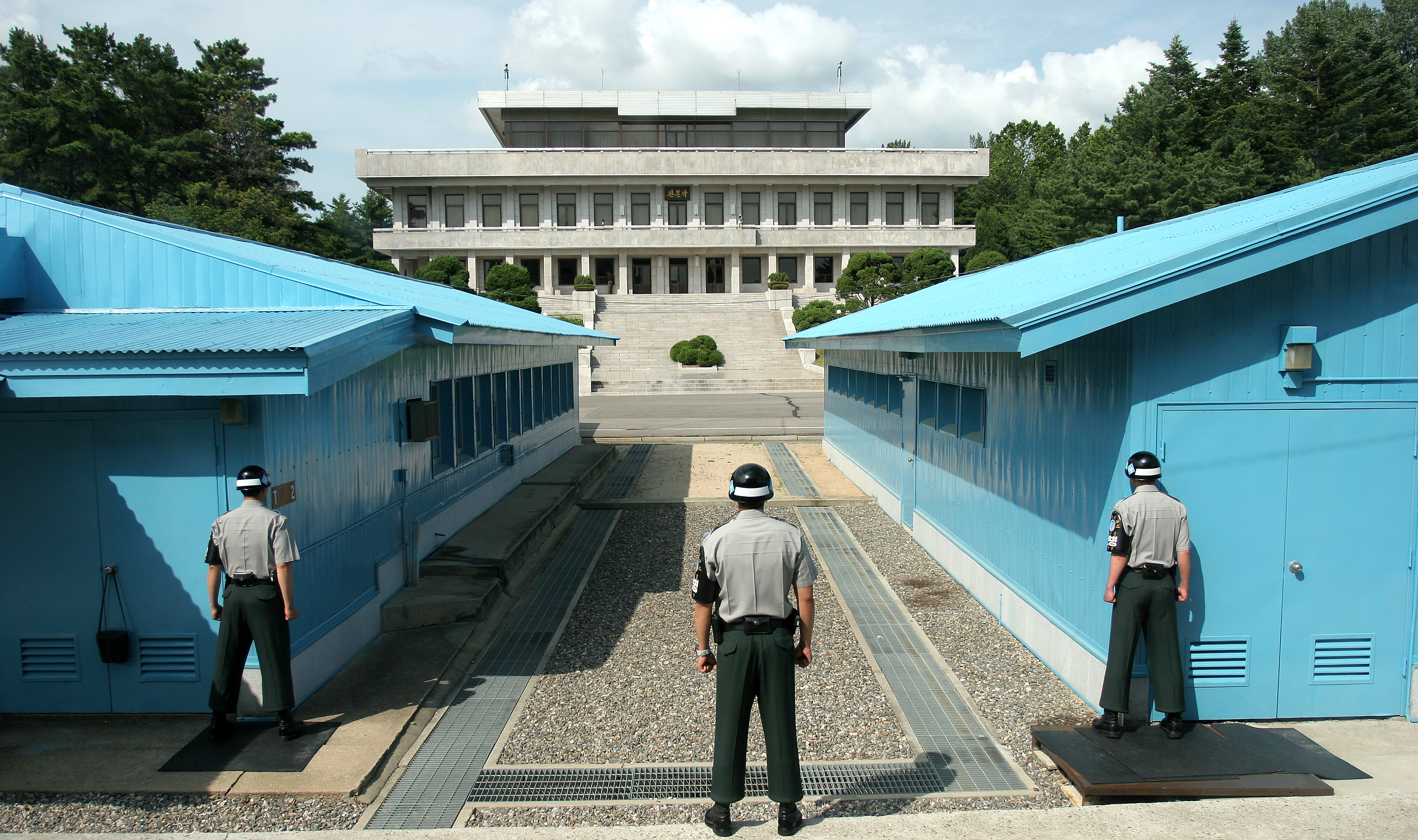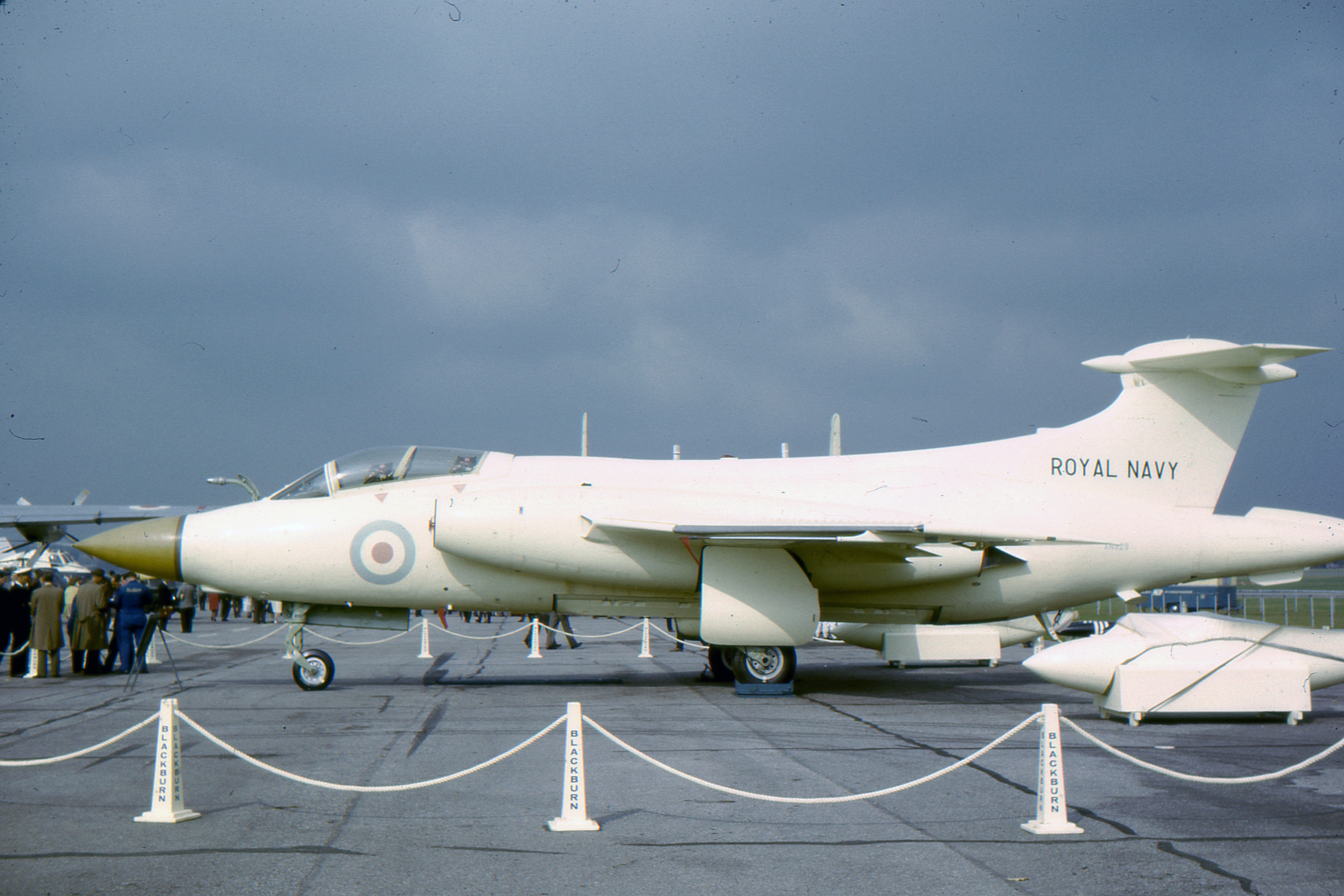|
Operation Konyn
Operation Konyn () was a military operation by the South African Defence Force during the South African Border War and Angolan Civil War. Operation Konyn was launched on 21 August 1981. The operation preceded Operation Protea with the objective of destroying targets at Cahama and Chibemba in Angola. The Angolans had built a series of radar and early warning stations at Cahama, Chibemba, Lubango and Menongue. Attacking the first two target towns would ensure that the People's Armed Forces for the Liberation of Angola (FAPLA) would not interfere with the South African Air Force operations in support of South African Defence Force (SADF) ground troops taking part Operation Protea against People's Liberation Army of Namibia bases.Louw, Martin & Bouwer, Stefaan (1995). ''The South African Air Force at War.'' p. 174. Background Planning for the operation began on the 21 August 1981 while SADF ground combat units begun to form up in position for Operation Protea that was to begin on th ... [...More Info...] [...Related Items...] OR: [Wikipedia] [Google] [Baidu] |
South African Border War
The South African Border War, also known as the Namibian War of Independence, and sometimes denoted in South Africa as the Angolan Bush War, was a largely asymmetric conflict that occurred in Namibia (then South West Africa), Zambia, and Angola from 26 August 1966 to 21 March 1990. It was fought between the South African Defence Force (SADF) and the People's Liberation Army of Namibia (PLAN), an armed wing of the South West African People's Organisation (SWAPO). The South African Border War was closely intertwined with the Angolan Civil War. Following several years of unsuccessful petitioning through the United Nations and the International Court of Justice for Namibian independence from South Africa, SWAPO formed the PLAN in 1962 with material assistance from the Soviet Union, China, and sympathetic African states such as Tanzania, Ghana, and Algeria. Fighting broke out between PLAN and the South African security forces in August 1966. Between 1975 and 1988, the SADF staged m ... [...More Info...] [...Related Items...] OR: [Wikipedia] [Google] [Baidu] |
People's Liberation Army Of Namibia
The People's Liberation Army of Namibia (PLAN) was the military wing of the South West Africa People's Organisation (SWAPO). It fought against the South African Defence Force (SADF) and South West Africa Territorial Force (SWATF) during the South African Border War. Throughout its history, PLAN had both irregular insurgent and semi-conventional units, as well as an extensive recruitment network in rural South West Africa (Namibia). During the war most of its domestic activities consisted of mine warfare and acts of sabotage. PLAN initially lacked any standing units, and the bulk of operations were carried out by political exiles who spent cyclical periods residing in refugee camps in neighbouring states before launching raids inside South West Africa itself. By the end of the war, PLAN had 32,000 militants under arms, including three battalions of semi-conventional troops equipped with heavy weapons. PLAN launched its largest and final offensive in late April and early May 19 ... [...More Info...] [...Related Items...] OR: [Wikipedia] [Google] [Baidu] |
1981 In South Africa
The following lists events that happened during 1981 in South Africa. Incumbents * State President: Marais Viljoen.Archontology.org: A Guide for Study of Historical Offices: South Africa: Heads of State: 1961-1994 (Accessed on 14 April 2017) * : P.W. Botha. * Chief Justice: [...More Info...] [...Related Items...] OR: [Wikipedia] [Google] [Baidu] |
1981 In Angola
Events January * January 1 ** Greece enters the European Economic Community, predecessor of the European Union. ** Palau becomes a self-governing territory. * January 6 – A funeral service is held in West Germany for Nazi Grand Admiral Karl Dönitz, Karl Doenitz following his death on December 24. * January 10 – Salvadoran Civil War: The Farabundo Martí National Liberation Front, FMLN launches its first major offensive, gaining control of most of Morazán Department, Morazán and Chalatenango Department, Chalatenango departments. * January 15 – Pope John Paul II receives a delegation led by Polish Solidarity (Polish trade union), Solidarity leader Lech Wałęsa at the Vatican City, Vatican. * January 20 – Iran releases the 52 Americans held for 444 days, minutes after Ronald Reagan is First inauguration of Ronald Reagan, sworn in as the 40th President of the United States, ending the Iran hostage crisis. * January 21 – The first DMC DeLorean, DeLorean automobile, ... [...More Info...] [...Related Items...] OR: [Wikipedia] [Google] [Baidu] |
Battles And Operations Of The South African Border War
A battle is an occurrence of combat in warfare between opposing military units of any number or size. A war usually consists of multiple battles. In general, a battle is a military engagement that is well defined in duration, area, and force commitment. An engagement with only limited commitment between the forces and without decisive results is sometimes called a skirmish. The word "battle" can also be used infrequently to refer to an entire operational campaign, although this usage greatly diverges from its conventional or customary meaning. Generally, the word "battle" is used for such campaigns if referring to a protracted combat encounter in which either one or both of the combatants had the same methods, resources, and strategic objectives throughout the encounter. Some prominent examples of this would be the Battle of the Atlantic, Battle of Britain, and the Battle of France, all in World War II. Wars and military campaigns are guided by military strategy, whereas ba ... [...More Info...] [...Related Items...] OR: [Wikipedia] [Google] [Baidu] |
Cross-border Operations Of South Africa
Borders are generally defined as geographical boundaries, imposed either by features such as oceans and terrain, or by political entities such as governments, sovereign states, federated states, and other subnational entities. Political borders can be established through warfare, colonization, or mutual agreements between the political entities that reside in those areas. Some borders—such as most states' internal administrative borders, or inter-state borders within the Schengen Area—are open and completely unguarded. Most external political borders are partially or fully controlled, and may be crossed legally only at designated border checkpoints; adjacent border zones may also be controlled. For the purposes of border control, airports and seaports are also classed as borders. Most countries have some form of border control to regulate or limit the movement of people, animals, and goods into and out of the country. Under international law, each country is generally permitt ... [...More Info...] [...Related Items...] OR: [Wikipedia] [Google] [Baidu] |
Strela 2
The 9K32 Strela-2 (; NATO reporting name SA-7 Grail) is a light-weight, shoulder-fired, surface-to-air missile or MANPADS system. It is designed to target aircraft at low altitudes with passive infrared homing, infrared-homing guidance and destroy them with a high-explosive warhead. Broadly comparable in performance with the United States Army, US Army FIM-43 Redeye, the Strela-2 was the first Soviet Union, Soviet man-portable SAM – full-scale production began in 1970. While the Redeye and 9K32 Strela-2 were similar, the missiles were not identical. The Strela-2 was a staple of the Cold War and was produced in huge numbers for the Soviet Union and their allies, as well as revolutionary movements. Though since surpassed by more modern systems, the Strela and its variants remain in service in many countries, and have seen use in nearly every regional conflict since 1972. Development The end of World War II led to a major shift in Soviet defence policy. The advent of long r ... [...More Info...] [...Related Items...] OR: [Wikipedia] [Google] [Baidu] |
Blackburn Buccaneer
The Blackburn Buccaneer is a British aircraft carrier, carrier-capable attack aircraft designed in the 1950s for the Royal Navy (RN). Designed and initially produced by Blackburn Aircraft at Brough Aerodrome, Brough, it was later officially known as the Hawker Siddeley Buccaneer when Blackburn became a part of the Hawker Siddeley, Hawker Siddeley Group, but this name is rarely used. The Buccaneer was originally designed in response to the Soviet Union introducing the Sverdlov-class cruiser, ''Sverdlov'' class of light cruisers. Instead of building a new class of its own cruisers, the Royal Navy decided that it could address the threat posed via low-level attack runs performed by Buccaneers, low enough to exploit the ship's radar horizon to minimise the opportunity for being fired upon. The Buccaneer could attack using nuclear weapons or conventional munitions. During its service life, it would be modified to carry anti-ship missiles, allowing it to attack vessels from a stand- ... [...More Info...] [...Related Items...] OR: [Wikipedia] [Google] [Baidu] |
Mirage F-1
The Dassault Mirage F1 is a French fighter and attack aircraft designed and manufactured by Dassault Aviation. It was developed as a successor to the Mirage III family. During the 1960s, Dassault commenced development of what would become the Mirage F1 as a private venture, alongside the larger Mirage F2. Work on the F1 eventually took precedence over the costlier F2, which was cancelled during the late 1960s. The French Air Force (''Armée de l'Air'') took interest in the fledgling fighter to meet its requirement for an all-weather interceptor aircraft. Accordingly, initial production units were equipped with the Thomson-CSF Cyrano IV monopulse radar. During the latter half of 1974, the Mirage F1 entered service in the French Air Force. Shortly thereafter, the type was deployed as the main interceptor of the French Air Force, a capacity which it continued to serve in until the arrival of the Mirage 2000. It later transitioned to an aerial reconnaissance role. In July 2014 ... [...More Info...] [...Related Items...] OR: [Wikipedia] [Google] [Baidu] |
English Electric Canberra
The English Electric Canberra is a British first-generation, jet-powered medium bomber. It was developed by English Electric during the mid- to late 1940s in response to a 1944 Air Ministry requirement for a successor to the wartime de Havilland Mosquito fast bomber. Among the performance requirements for the type was an outstanding high-altitude bombing capability and high speed. These were partly accomplished by making use of newly developed jet-propulsion technology. When the Canberra was introduced to service with the Royal Air Force (RAF), the type's first operator, in May 1951, it became the service's first jet-powered bomber. In February 1951, a Canberra set another world record when it became the first jet aircraft to make a nonstop transatlantic flight. Throughout most of the 1950s, the Canberra could fly at a higher altitude than any other aircraft in the world, and in 1957, a Canberra established a Flight altitude record, world altitude record of . Due to its ability ... [...More Info...] [...Related Items...] OR: [Wikipedia] [Google] [Baidu] |
South African Air Force
The South African Air Force (SAAF) is the air warfare branch of South African National Defence Force, with its headquarters in Pretoria. The South African Air Force was established on 1 February 1920. The Air Force saw service in World War II and the Korean War. From 1966, the SAAF was involved in providing infantry support in the low-intensity South African Border War, Border War in Angola, South-West Africa and Rhodesia. As the war progressed, the intensity of air operations increased, until in the late 1980s when the SAAF were compelled to fly fighter missions against Angolan aircraft in order to maintain tactical air superiority. On conclusion of the Border War in 1990, aircraft numbers were severely reduced due to economic pressures as well as the cessation of hostilities with neighbouring states. History First World War After a visit to observe the 1912 military manoeuvres in Europe, Brig. Gen. Christian Frederick Beyers, C.F. Beyers (who was then Commandant-General of ... [...More Info...] [...Related Items...] OR: [Wikipedia] [Google] [Baidu] |
Cahama
Cahama is a town, with a population of 12,767 (2014 census), and a municipality of Cunene Province, Angola. The population of the municipality was 70,061 according to the 2014 census in an area of 9,700 km. The municipality consists of the communes A commune is an alternative term for an intentional community. Commune or comună or comune or other derivations may also refer to: Administrative-territorial entities * Commune (administrative division), a municipality or township ** Communes of ... Cahama and Otchinjau. , preliminary results There is an airport (FN17) to the north of the town. References [...More Info...] [...Related Items...] OR: [Wikipedia] [Google] [Baidu] |








